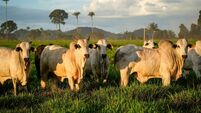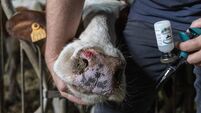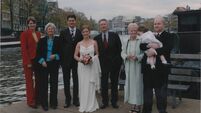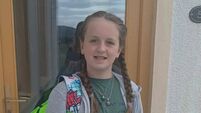Farmers respond to Bothar calf appeal

Bothar recently launched its annual Spring Calf Appeal, calling on farmers to donate a calf that can be reared and put in-calf, so that in 18 months time, the cow would be ready to go to a needy family in the developing world.
Dave Moloney, deputy CEO at Bothar, said the heifers some of them raised by prisoners at Shelton Abbey and Loughan House open prisons) have a transformative effect from the moment the decision is taken to donate them. More from Shelton Abbey later.










